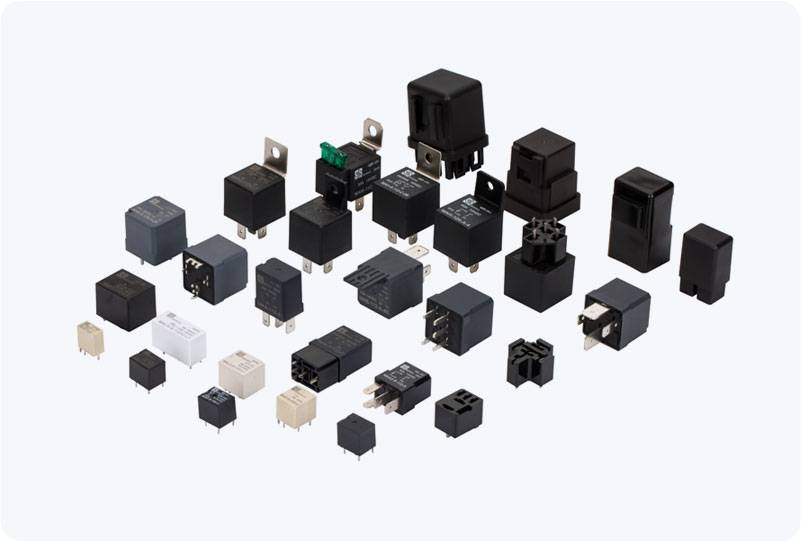understanding the importance of thermal management relay in modern electrical systems
Release time:2025-08-07 13:01:16
Thermal management has become an essential consideration in the design and operation of electrical and electronic systems. As technology advances, devices become smaller, more powerful, and energy-dense, leading to an increased generation of heat. Without proper temperature regulation, these systems could malfunction, experience reduced lifespan, or even face catastrophic failure. One of the key components that aid in managing these temperature concerns is the Thermal Management Relay. This device plays a critical role in safeguarding electrical systems by regulating temperature and ensuring safe operation.

What is a Thermal Management Relay?
A Thermal Management Relay is an electrical component designed to monitor and control temperature within a specific environment. It operates by responding to temperature changes and either opening or closing electrical circuits to protect sensitive equipment from overheating. In simpler terms, this relay is a temperature-controlled switch that prevents systems from being exposed to temperatures beyond their safe operating range.
These relays are commonly used in various applications, such as motors, batteries, power supplies, and other electrical systems where temperature monitoring and management are crucial. The relay typically integrates a temperature sensor, which detects heat levels, and a switch mechanism that acts based on the data received.

